Hamptworth Lodge: An Arts-and-Crafts house in the New Forest that blends in a touch of the Cotswolds
Hamptworth Lodge grew as a haven for collectors of all kinds, as well as a lovingly-created family home. Clive Aslet reports. Photographs by Justin Paget.

In 1880, a student called Harold Moffatt was walking in the fields north of Oxford, when he noticed a farm wagon going past. It was ‘loaded with the possessions of a labourer’, as Moffatt later recalled, out of which poked the legs of an old oak cupboard.
Moffatt stopped the man, climbed up to investigate the piece and promptly bought it for a few pounds. With its front of English Renaissance carving of heads in medallions and winged cupids, the cupboard had been made in about 1540.
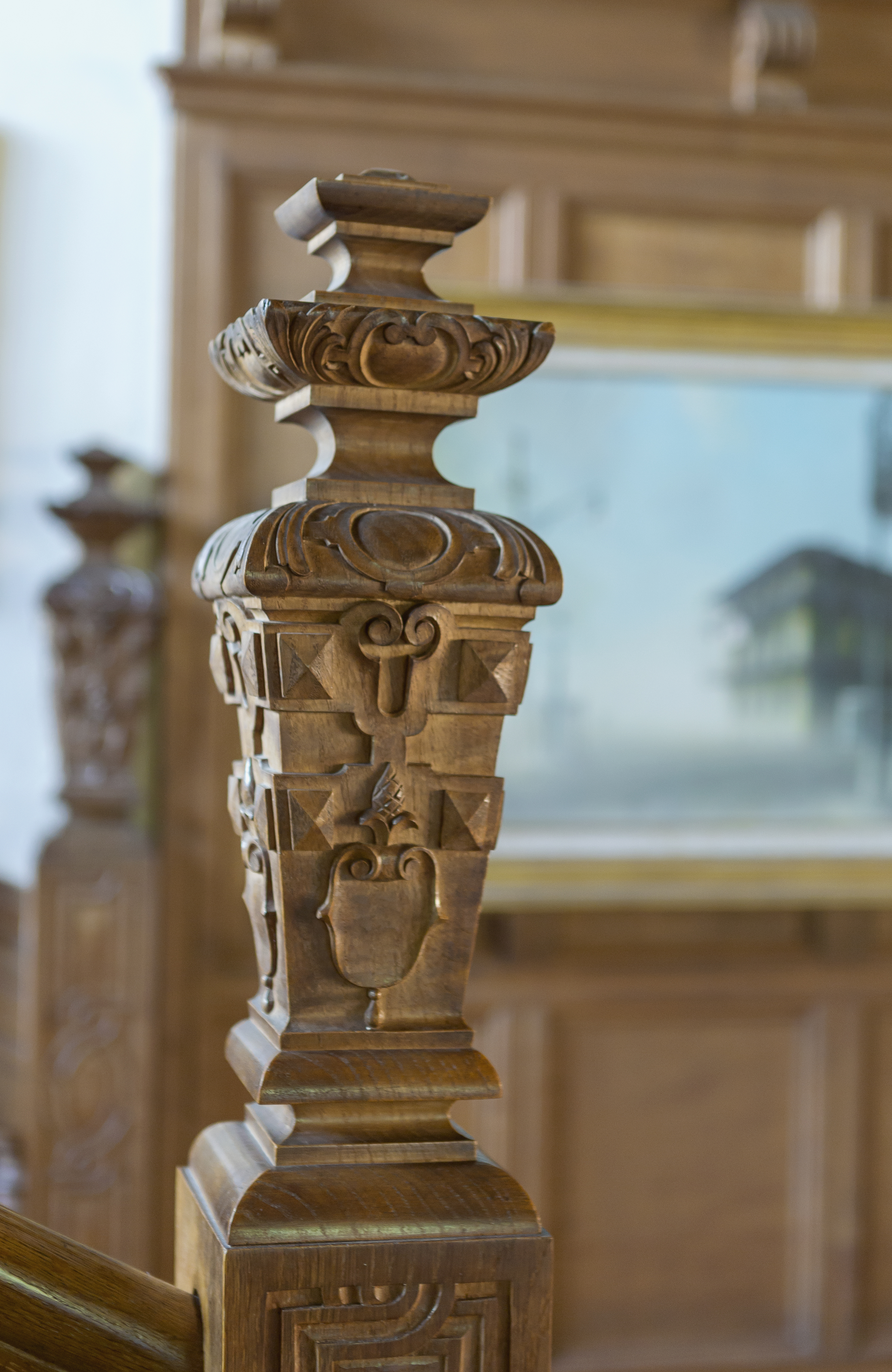
Moffatt took his new acquisition home to Goodrich Court, the romantic, towered castle set above the Wye in Herefordshire that his father had bought in 1871, where it would be joined over time by many other examples of early oak.
By 1912, however, the collection had grown to such a size that Moffatt commissioned Guy Dawber to build a new house to display it: Hamptworth Lodge, on the northern edge of the New Forest in Hampshire. This would not only provide a setting for old furniture, but also demonstrate Moffatt’s ideas about oak and his own skill in working it.
Collecting was in Moffatt’s blood. His mother, Lucy, was a Morrison, one of 11 children of James Morrison (1789–1847), who had risen from Hampshire innkeeper’s son, via haberdashery and banking in the City, to become the richest commoner in Britain.
Morrison lived in splendour, surrounded by Old Masters and contemporary English paintings. When he bought Basildon Park, Berkshire, he passed the Fonthill estate to his second son, Alfred, a collector of manuscripts, gems and engravings. Lucy’s husband George Moffatt, Harold’s father, acquired a collection of armour with Goodrich Court, which he added to, as well as buying furniture.
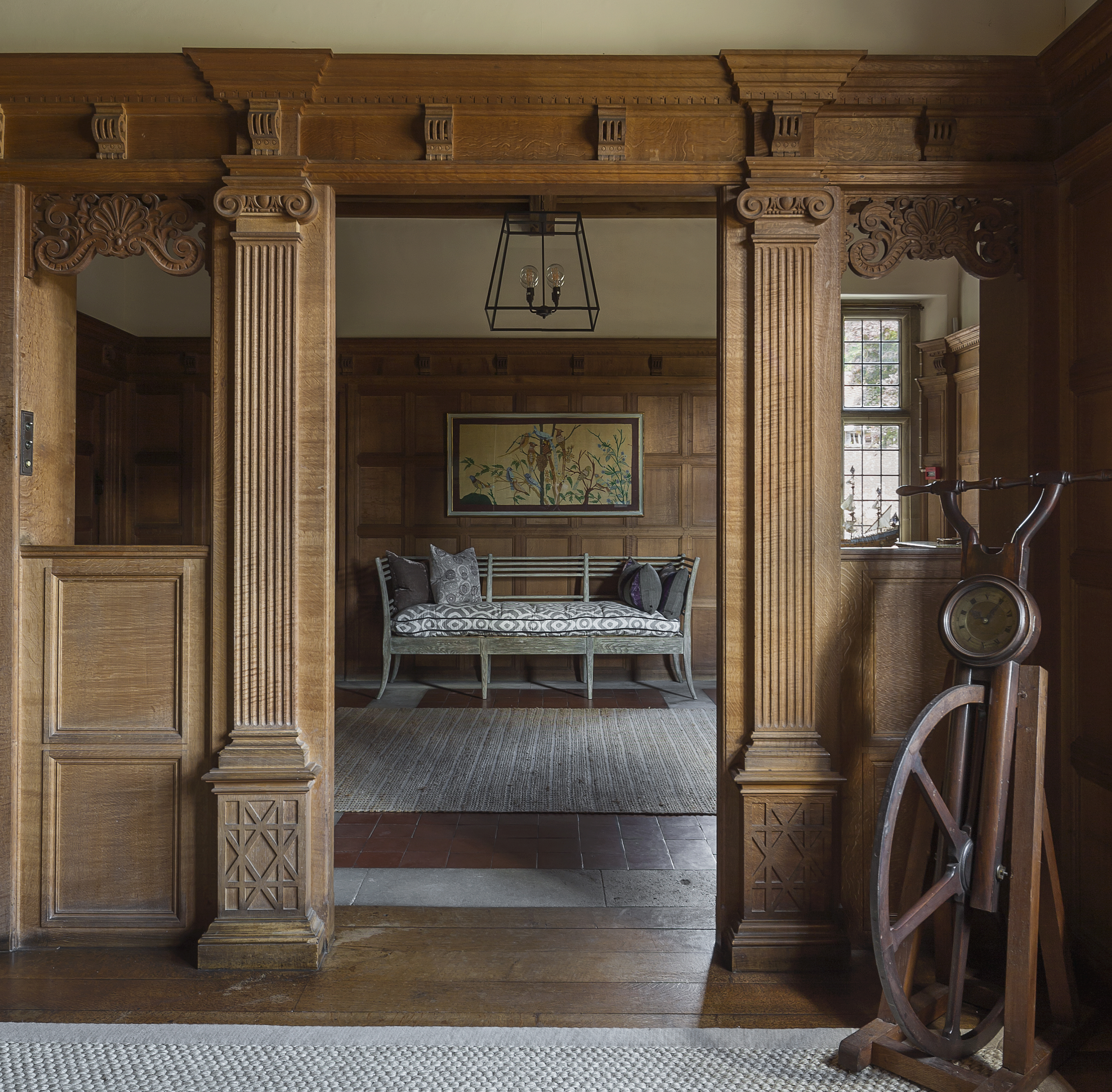
Harold’s earliest purchase dates from 1879, when he was at Trinity College, Oxford. Half a century later, he described his best pieces in Illustrated Description of Some of the Furniture at Goodrich Court, Hereford-shire, and Hamptworth Lodge, Wiltshire, published by Oxford University Press in 1928.
Exquisite houses, the beauty of Nature, and how to get the most from your life, straight to your inbox.
Little of the old work dates from after 1720, because he had ‘never been in the least attracted by the later mahogany, lac, or satinwood furniture which is now so fashionable’. Looking back, he was sorry he had not acquired a taste for English marqueterie and walnut, given the low prices at the time. Even so, he was a pioneer.
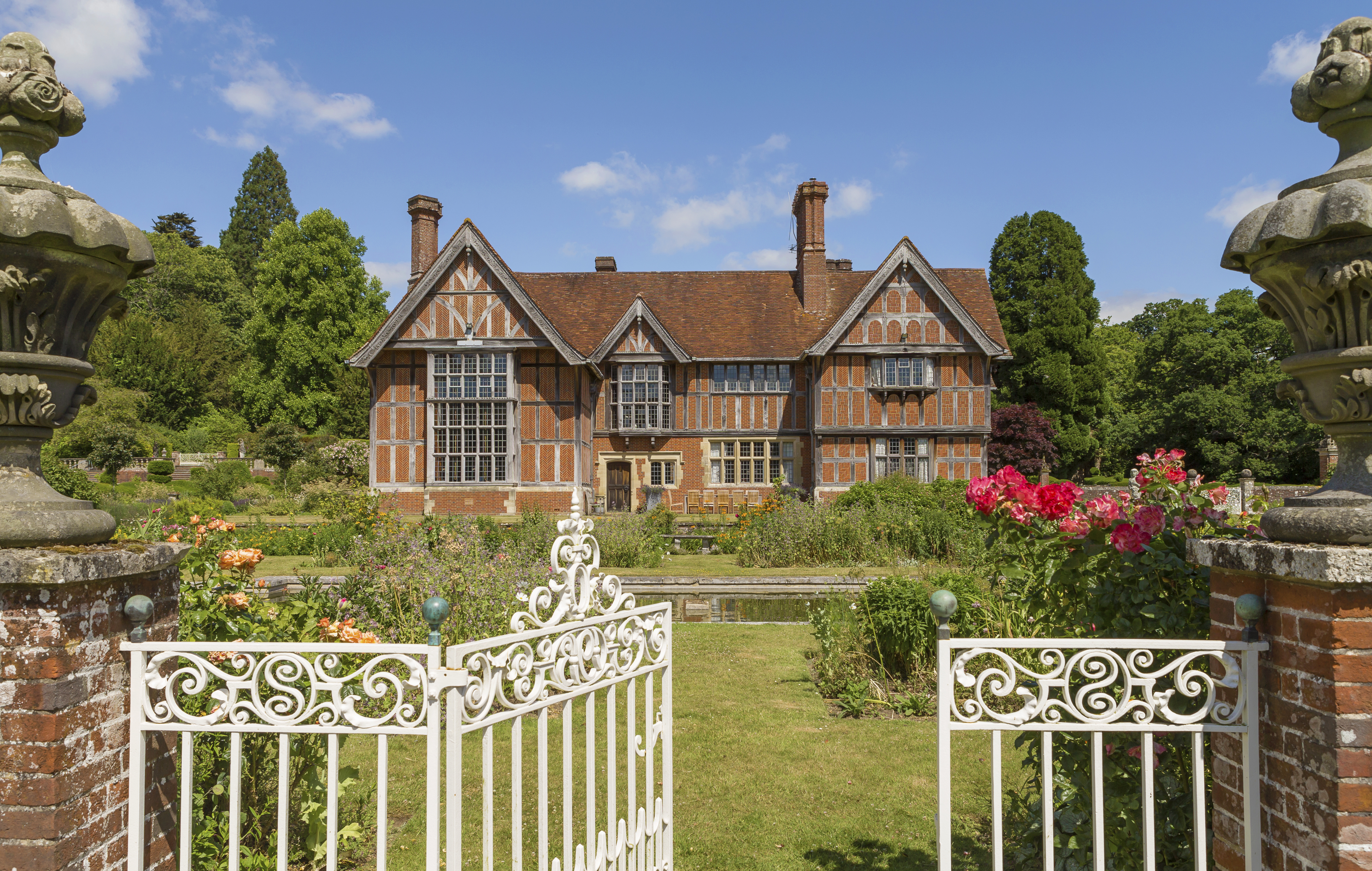
Moffatt belonged to a small band of collectors for whom authenticity was important; the Oxford English Dictionary gives the first recorded use of ‘antique’, meaning an old piece of furniture or craftsmanship, in 1884. When Edward Hudson, himself a collector of old oak and walnut, began Country Life in 1897, this taste was still relatively undeveloped: advertisements for the first two volumes of Percy Macquoid’s A History of English Furniture, published by Country Life in 1904, claimed that they were ‘the first real attempt to set forth the history of the evolution of furniture from the Tudor period onwards’.
Public ignorance and disinterest made this a halcyon time for connoisseurs. They peered into farmhouses and clambered into attics, eager to detect any ancient carving that lay hidden beneath centuries of paint. ‘I think I gave £8 for the lot,’ Moffatt wrote of a decorated virginal of 1668, purchased with an old manuscript book and oak music rest from a house near Abingdon, Oxfordshire. ‘In those happy days, extremely few people knew about, or cared for, these old musical instruments.’
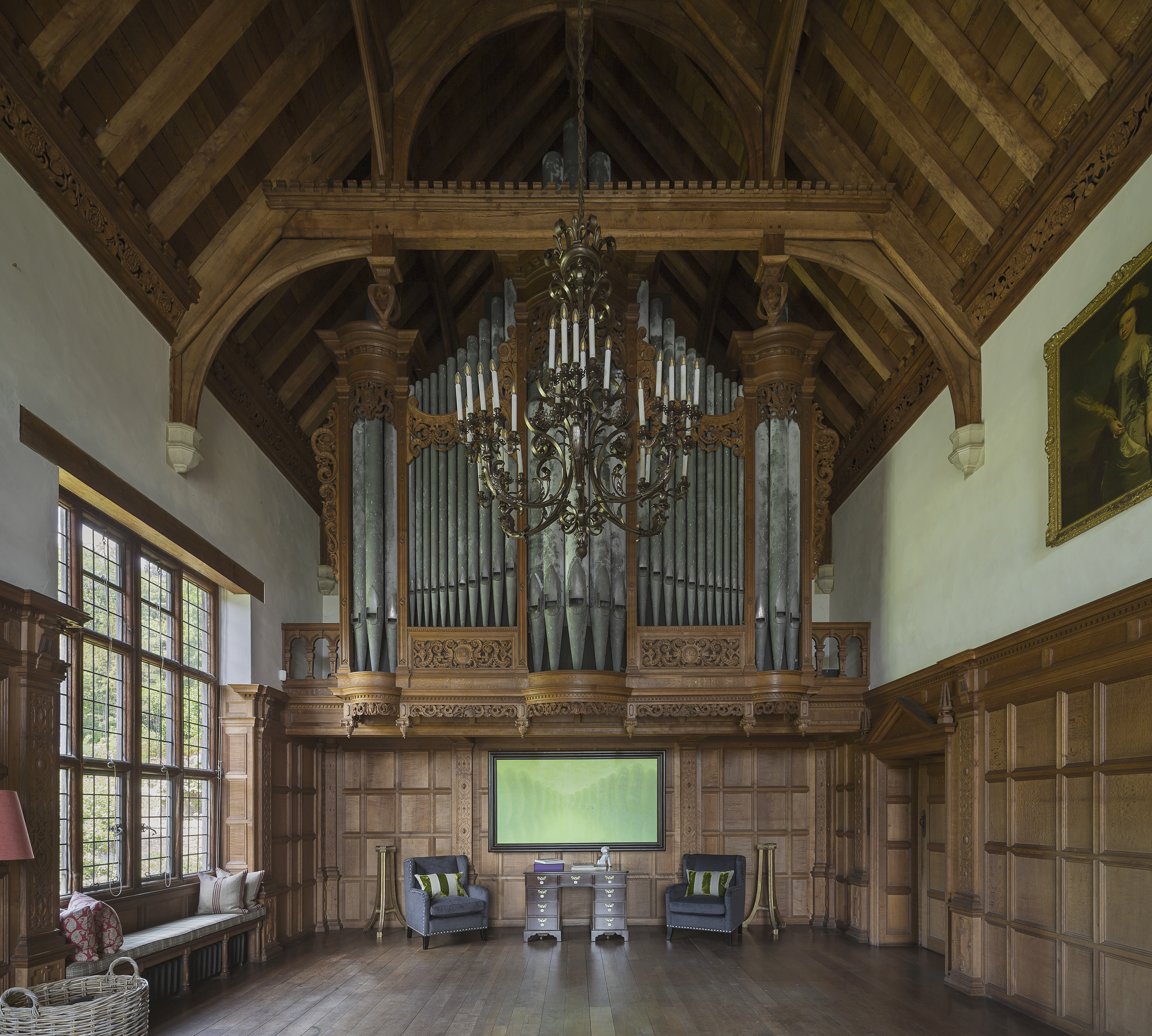
He bought an oak armchair, inscribed with the date 1674, from a farmer with whom he stopped to chat on Salisbury Plain; the latter, who had it in a passage, was delighted to be offered £10 – ‘he thought ten shillings would be nearer its value’. A pair of mahogany armchairs came from Clearwell Court in Gloucestershire, at £6 10s each, ‘not because I cared for mahogany, but, having walked there nine miles in the snow, I was going to have something for it’. The chairs eventually found their way to Hamptworth Lodge.
Even more remarkable was Moffatt’s own mastery of the chisel. On leaving Oxford, he resisted his father’s desire to see him established in the family business; instead, he apprenticed himself to a boat-builder near Christ Church Meadows. The river would have been an attraction, as Moffatt had rowed for Trinity, but his real motivation was to learn about wood and the crafts used to work it.
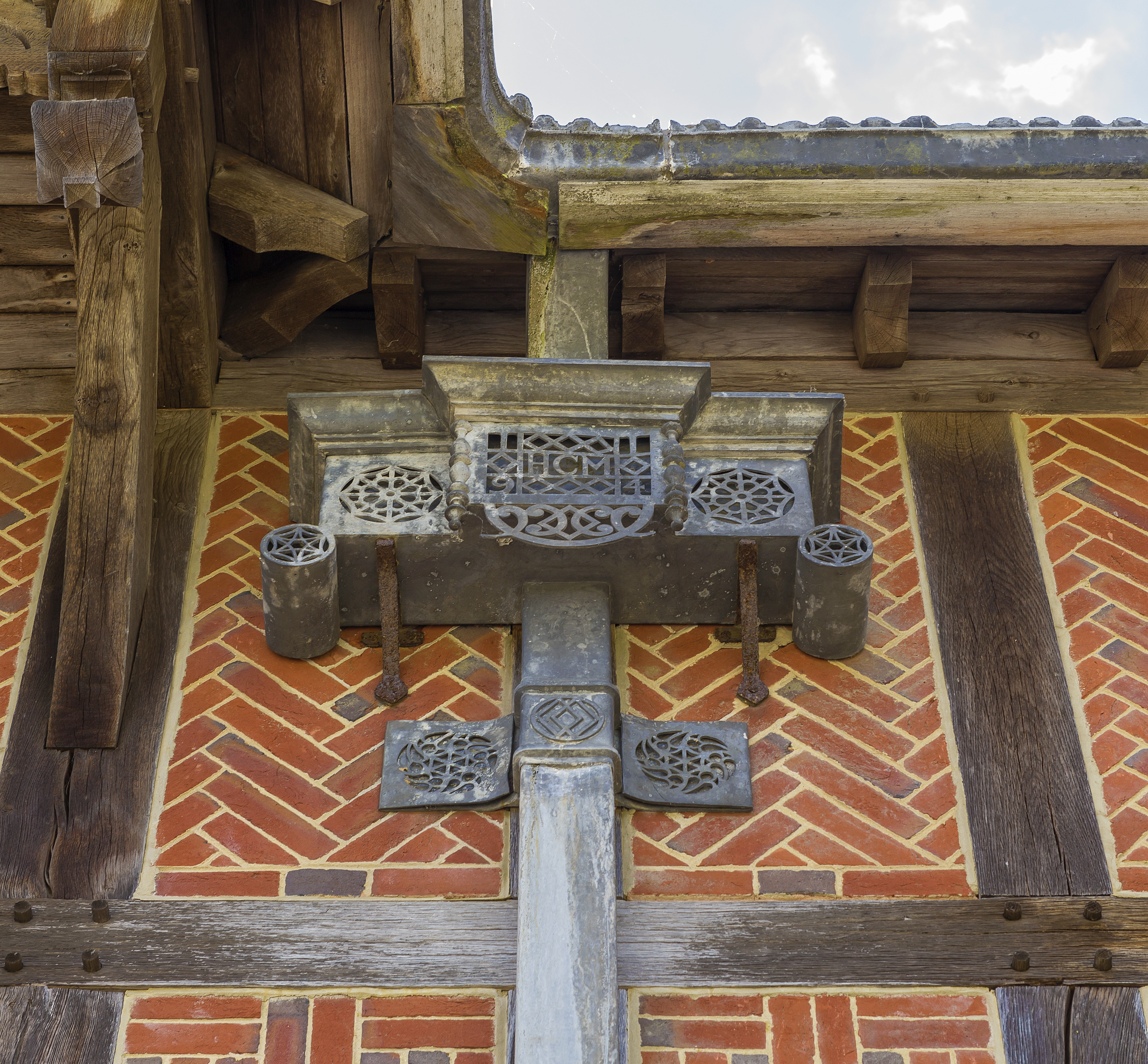
This chimed with the ideas of William Morris, seated at Kelmscott Manor further up the Thames, and it would be interesting to know if Moffatt had been influenced in his development by the School of Art that Ruskin had established at Oxford in 1871.
Unlike Ernest Gimson and the Barnsley brothers, who would abandon promising architectural careers in London to devote themselves to a life of pre-industrial craft and building in the Cotswolds (arriving in 1893), Moffatt did not need to earn his living. He had inherited the Goodrich Court estate in 1884, soon after he came down from Oxford. Nonetheless, he reached a high level of skill, which found a practical application in Hamptworth Lodge.
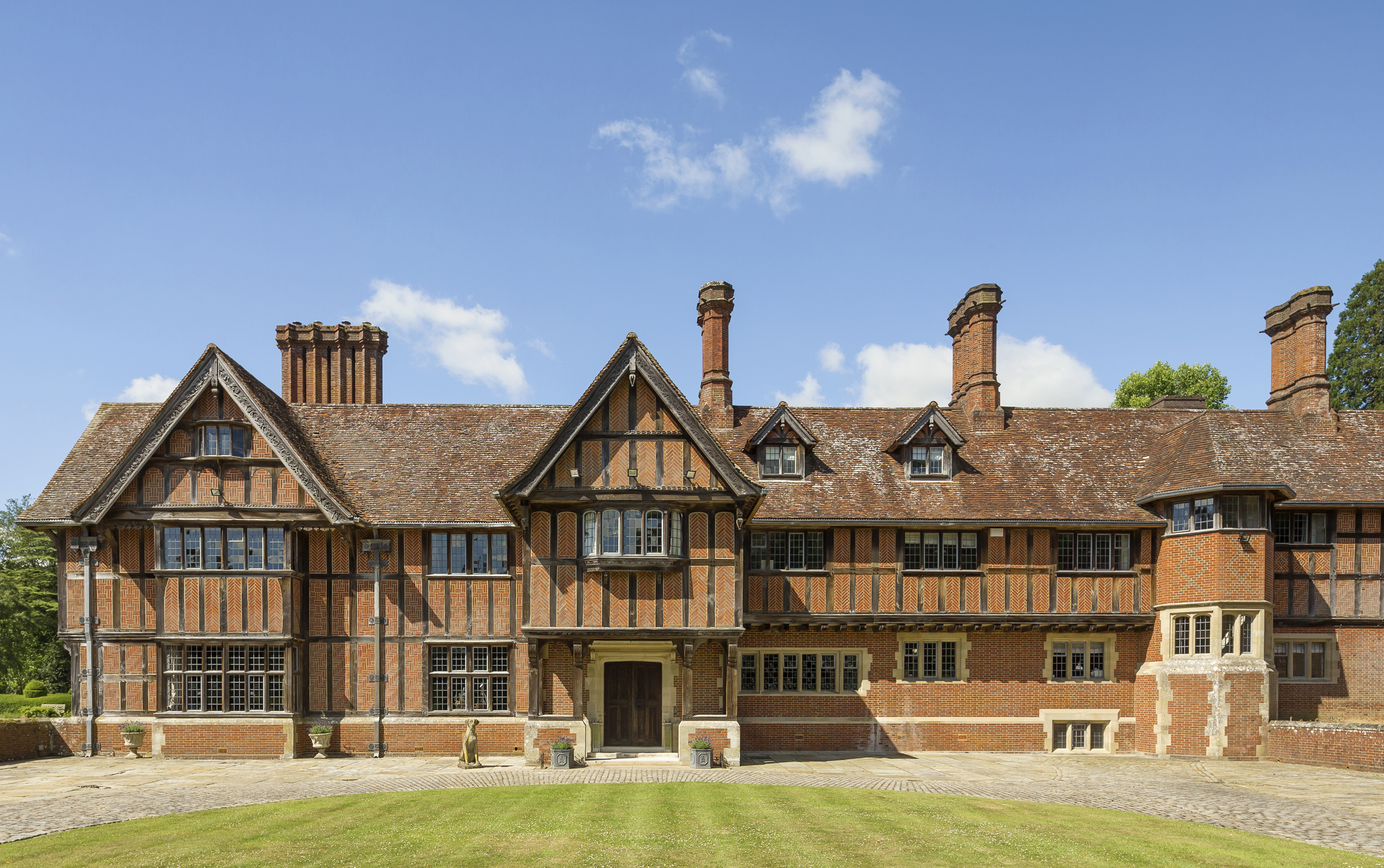
Hand work was a passion that Moffatt shared with his wife, Blanche Oakley. A Herefordshire neighbour, she was a skilled needlewoman, who embroidered, wove silk and made lace. She also supported the revival of handmade lace as a means of income for village woman, which had become established by the turn of the century. ‘Fifteen years ago, English lace was almost extinct; today it is a recognised industry,’ one of its practitioners, Miss Isemonger, told the Royal Society of Arts in 1908.
Unfortunately, the Moffatts were a self-effacing couple and it is now also difficult to trace the contribution of Harold’s mother, Lucy, to this movement.
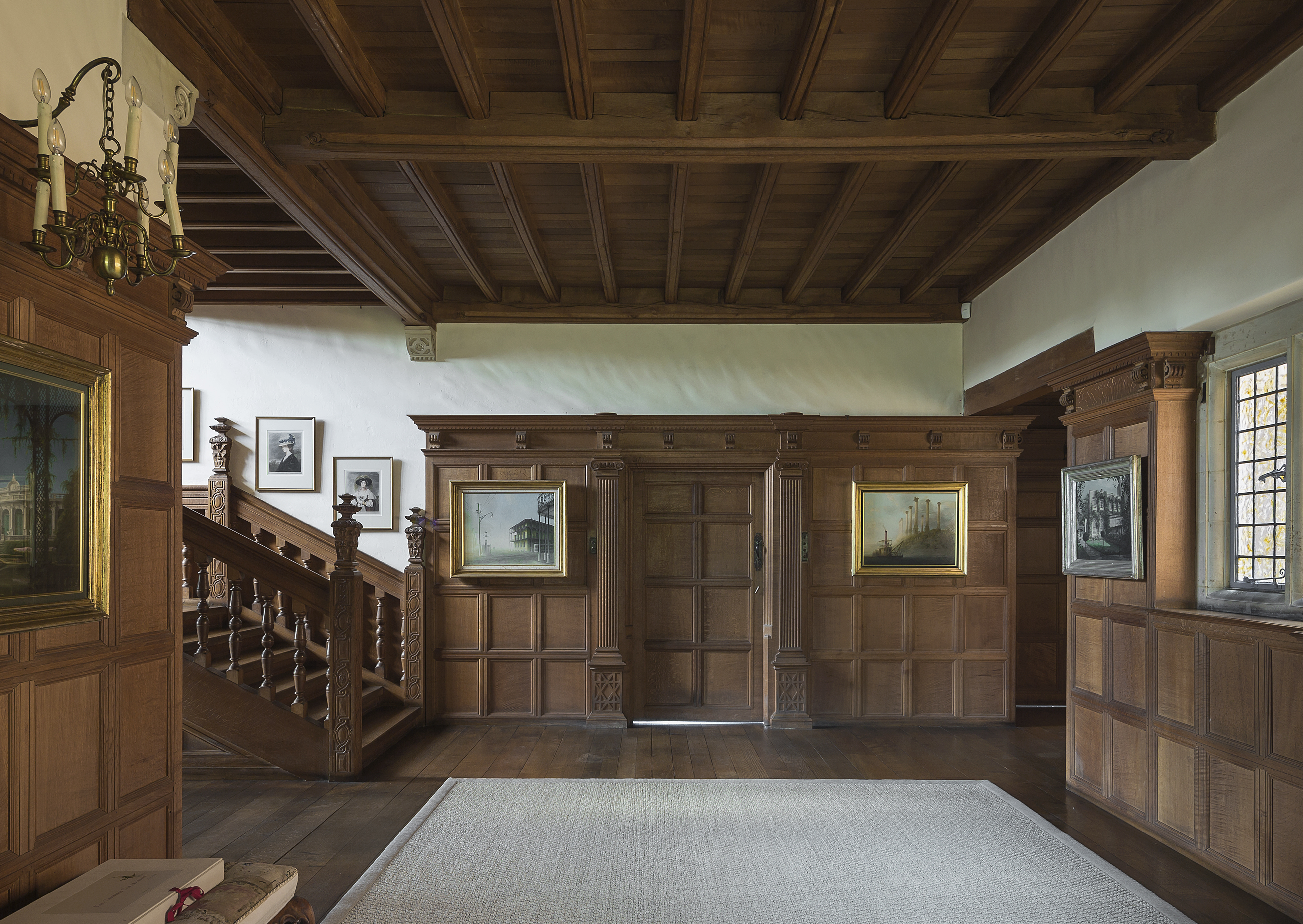
Barbara Morrison, Moffatt’s aunt, died in 1907. She had lived at Hamptworth, in what photographs show as a many-gabled building of the 1870s; erected by her husband, George, it may have incorporated part of a 17th-century house. The gables were bargeboarded and every bay had a projecting window to catch the sun, giving the lodge a holiday air.
This, however, failed to suit the Moffatts, who commissioned something more in keeping with their aesthetic views. The only surprise about their choice of Dawber as architect is the location. Since moving to Gloucestershire in 1887 (he had been sent by Ernest George, in whose office he was working, to act as clerk of works at Batsford, having strained his eyes from overwork), he had been associated with the Cotswolds. Among the country houses he built there are Nether Swell Manor, Burdocks and Eyford Park.
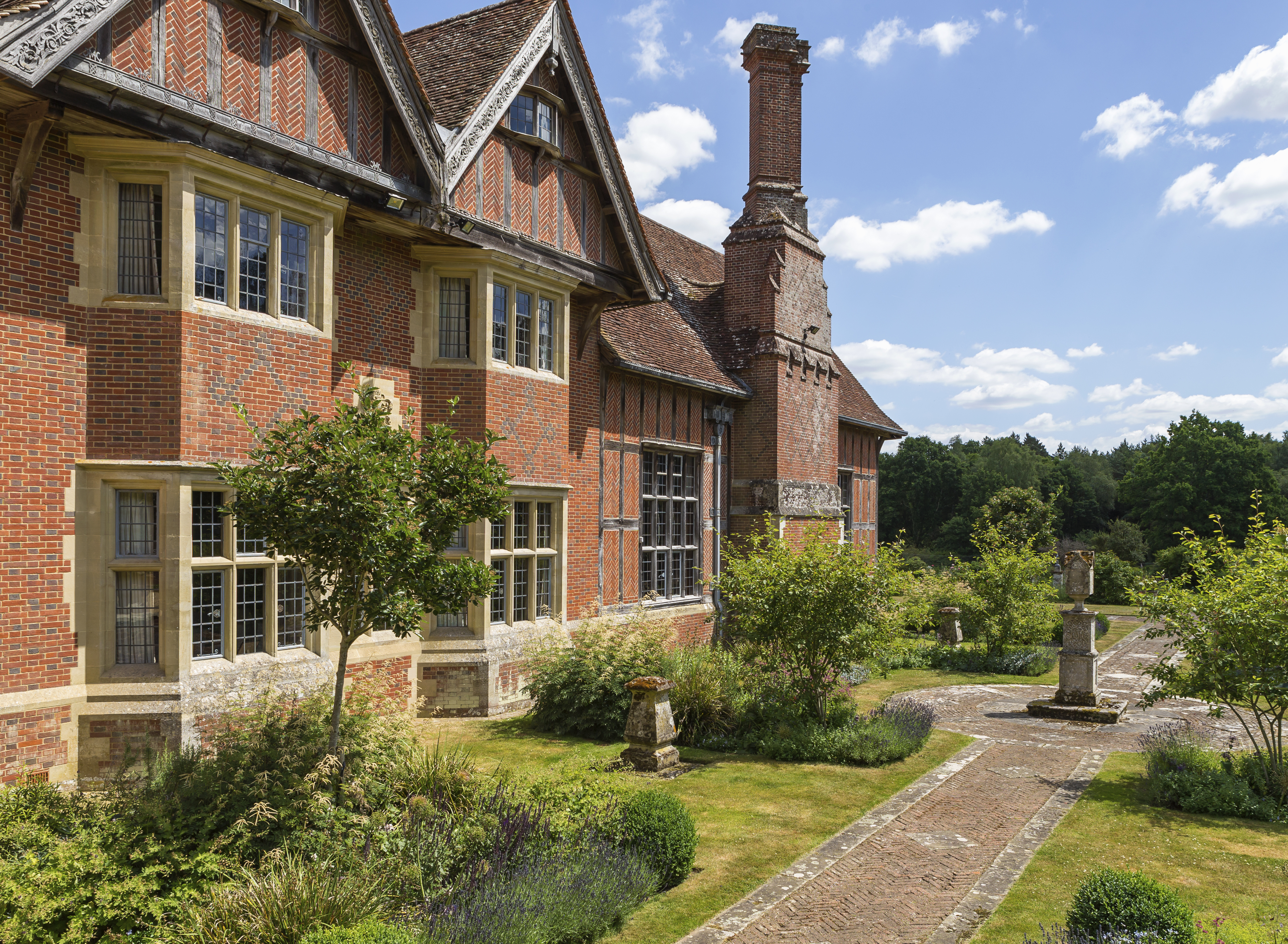
The New Forest was out of his usual way, but Moffatt and Dawber had much in common. Born within a couple of years of each other – in 1859 and 1861 respectively – they were, by temperament, unassuming and shared a studious love of the Elizabethan and Jacobean periods. Dawber’s quiet style suited the Moffatts’ way of life.
Today, just over 100 years since it was built, Hamptworth Lodge has mellowed and its rubicund brickwork – bricks laid with wide mortar joints – is on the way to achieving the lichen-dappled, silver tones of a much older house, but it must have seemed harmonious from the day it was finished.
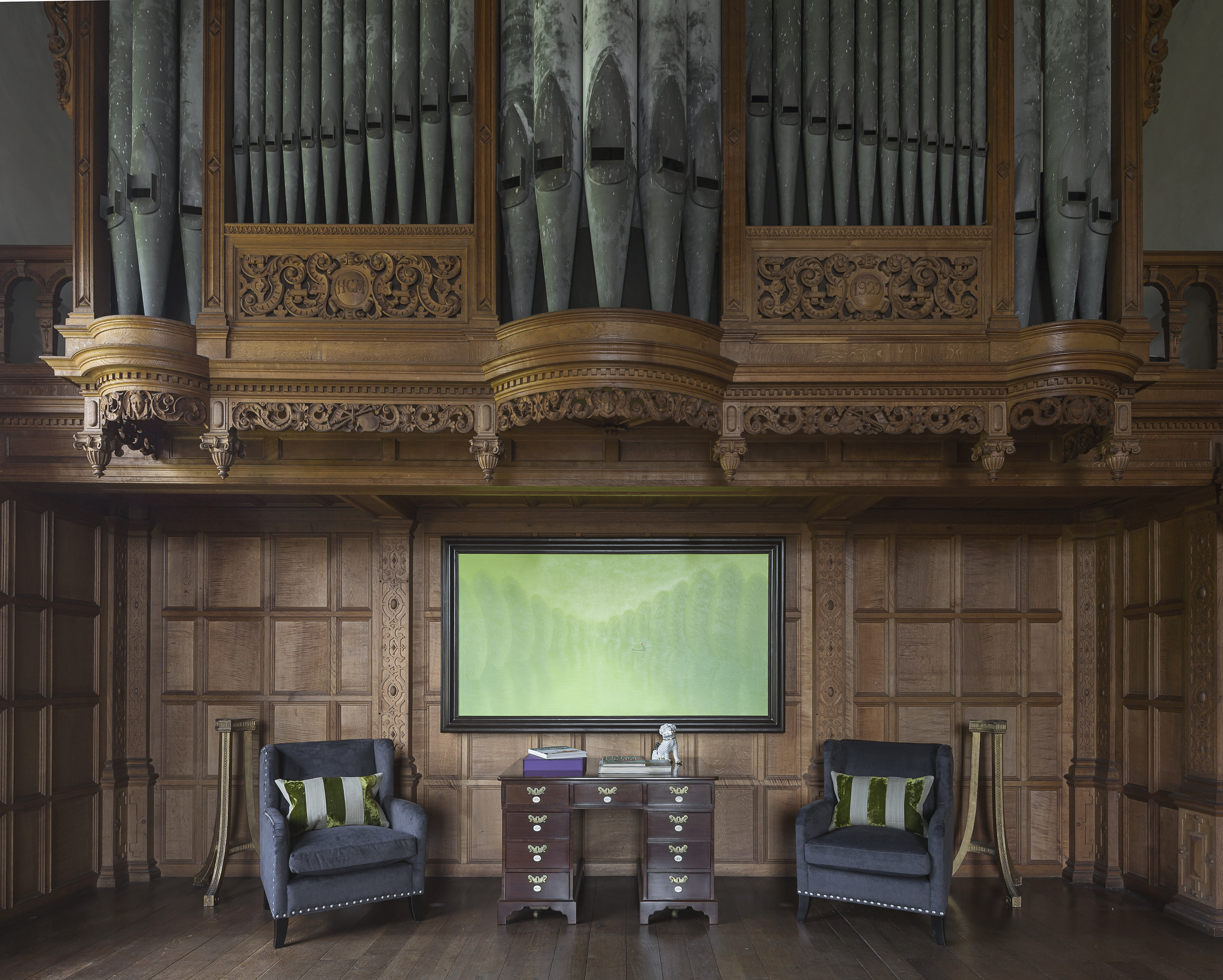
The lodge exemplifies the care with which early-20th-century architects brokered the marriage of house and site. The oak in which it was built came from the estate, being, as The Building News noted on June 13, 1913, ‘cut out, framed and fitted together on the ground, and not a single piece of timber is allowed to be worked away from the site’.
The bargeboards are carved with roses and vines. Everything was constructed by hand and everything, as far as possible, was local, including some of the stone. Special sheds were erected for the making of the oak panelling and other details of the interior and the rainwater heads, expressive of the leadwork revival pioneered by F. W. Troup, as well as the downpipes and eaves gutters, were all modelled and cast next to the house.
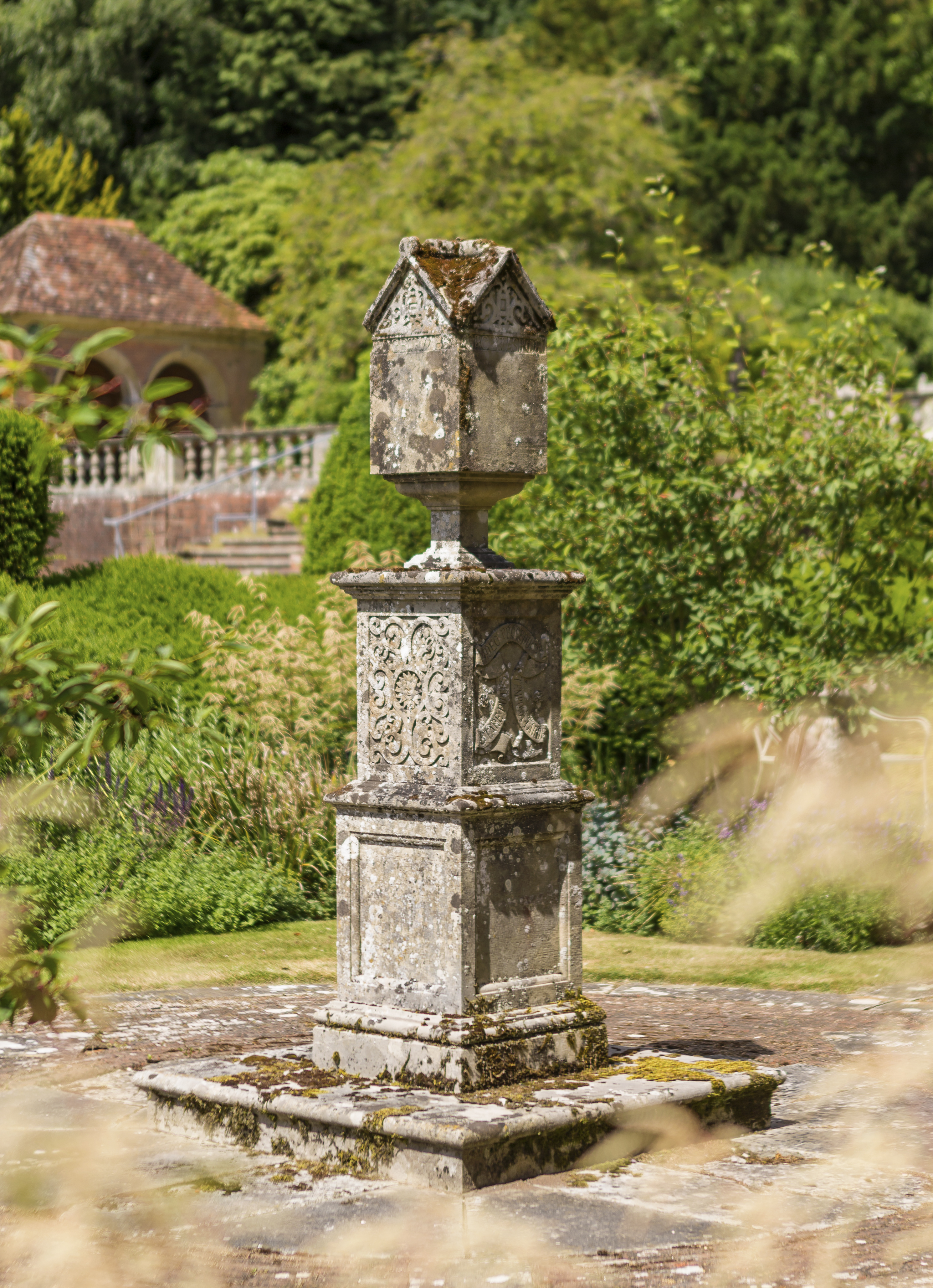
Subtle variations in the colour of the bricks – rosy, orange-brown and plum-coloured – reveal their handmade origins; they are scattered with black bricks, sometimes in diaper. Differences in the way that the brick nogging is arranged by the entrance front are supposed to reflect Moffatt’s encouragement of friends to make their own patterns, which were then built into the house.
Thomas Mawson, Dawber’s contemporary and fellow member of the Art Workers’ Guild, designed gardens that used elements of the old one. They provide a simple grid of courts and lawns close around the house, rising to a well-timbered bank to the west.
Already, the visitor is aware of the restraint practised by the architect and enjoyed by the client. In contrast to the flamboyance associated with some of the Edwardian plutocracy, it was now thought poor form to show off.
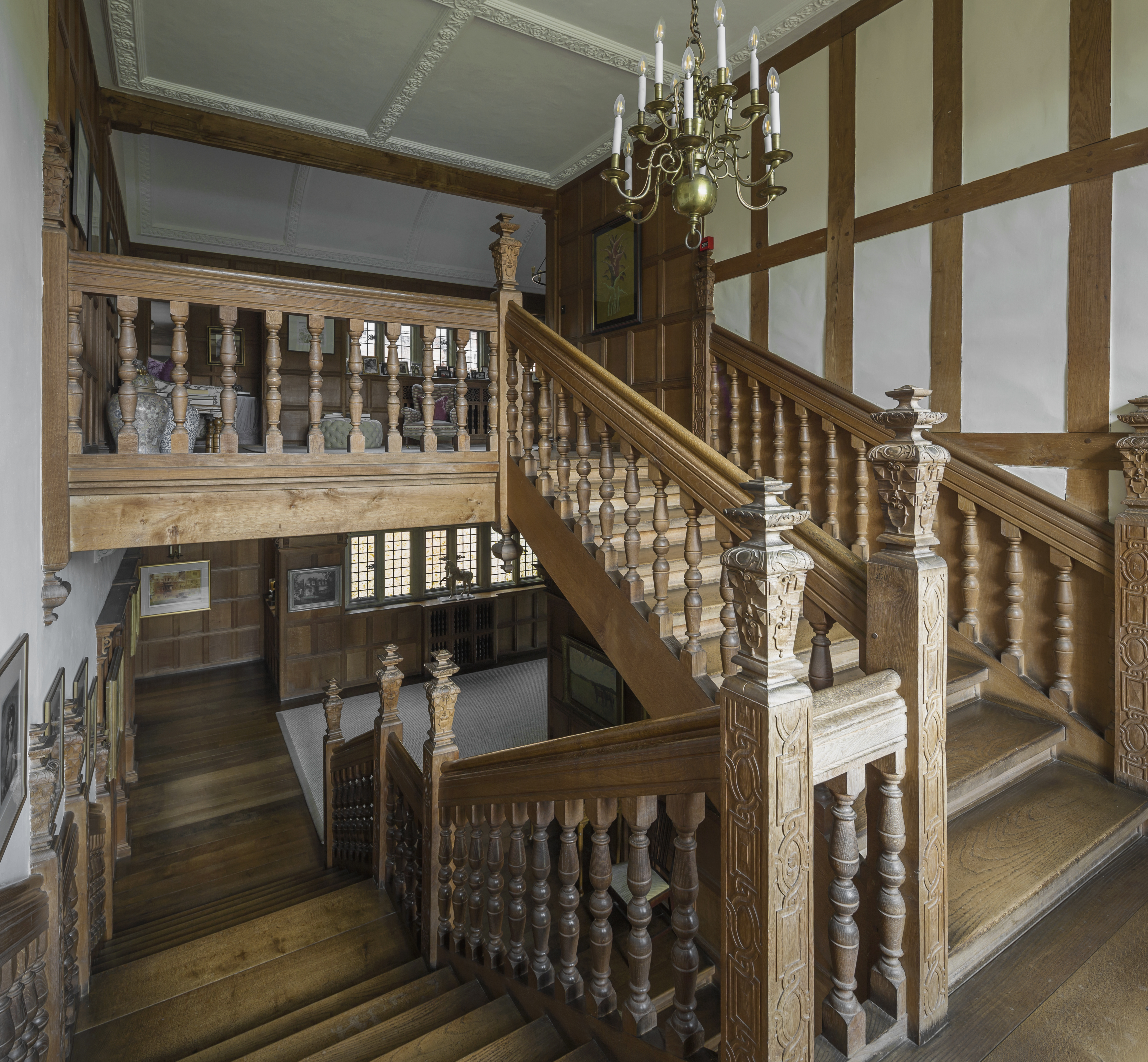
The same atmosphere of calm prevails in the interior, nearly all of which is panelled in oak. Downstairs, the reception rooms are planned around a broad gallery, intended for the display of furniture. The plan shows game larders, a gun room and a brushing room at the north-west: Moffatt was a practised shot.
One room overlooking the gardens has verses in Latin and English inscribed on the glass. To the north-east are the service rooms, where some walls survive from the previous house. The cook had a sitting room next to her bedroom on the ground floor.
Two features of the house have yet to be mentioned. One is the carving, much of which was done by Moffatt himself, such as the stair newels and the charming dragonflies, snails and frogs that appear in odd corners of the beams and panelling. He also made furniture out of oak, cherry or walnut.

One large oak cupboard – 7ft by 7ft – which he illustrated, was begun in 1905, but not finished until 1919. On it stood a Tudor earthenware jug ‘dredged out of the Thames at London during the making of the Embankment’ and a pottery cider mug thrown for a Hereford butcher in 1740, which was illustrated and described in J. E. and E. Hodgkin’s Examples of Early English Pottery, 1891: ‘I bought this in Hereford for £6.’
The other feature is the hall. Great halls of the Victorian type had long gone out of fashion and this is not an open-plan living hall for informal life – a room type particularly associated with Baillie Scott. The hall at Hamptworth Lodge might be thought de trop, as there is already a (small) drawing room, but its presence is explained by the organ that takes up one end.
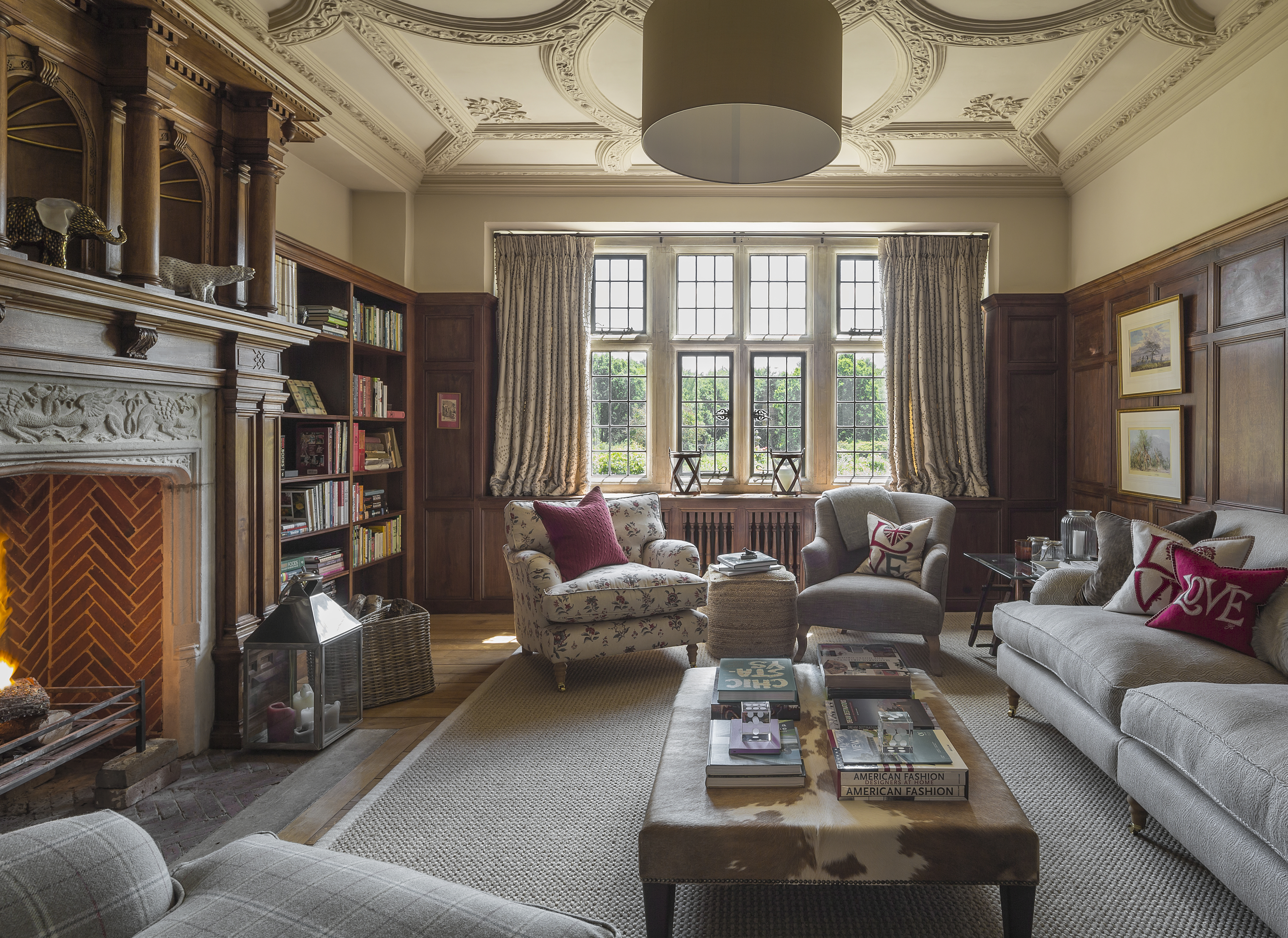
Moffatt, who carved the case himself, was a proficient organist, playing at Salisbury Cathedral. The Hamptworth Lodge organ was provided by Willis of the Rotunda Organ Works, London, and it was equipped with a special blow for quiet operation.
This is where we must leave Moffatt, serenading Blanche and his five children on the Willis. A generous supporter of local causes, he never allowed his name to be mentioned. One rare but revealing foray into the limelight was made when he wrote to Country Life on March 2, 1901, his letter being praised by the Editor as ‘very valuable and careful’. It was on the seasoning of oak.
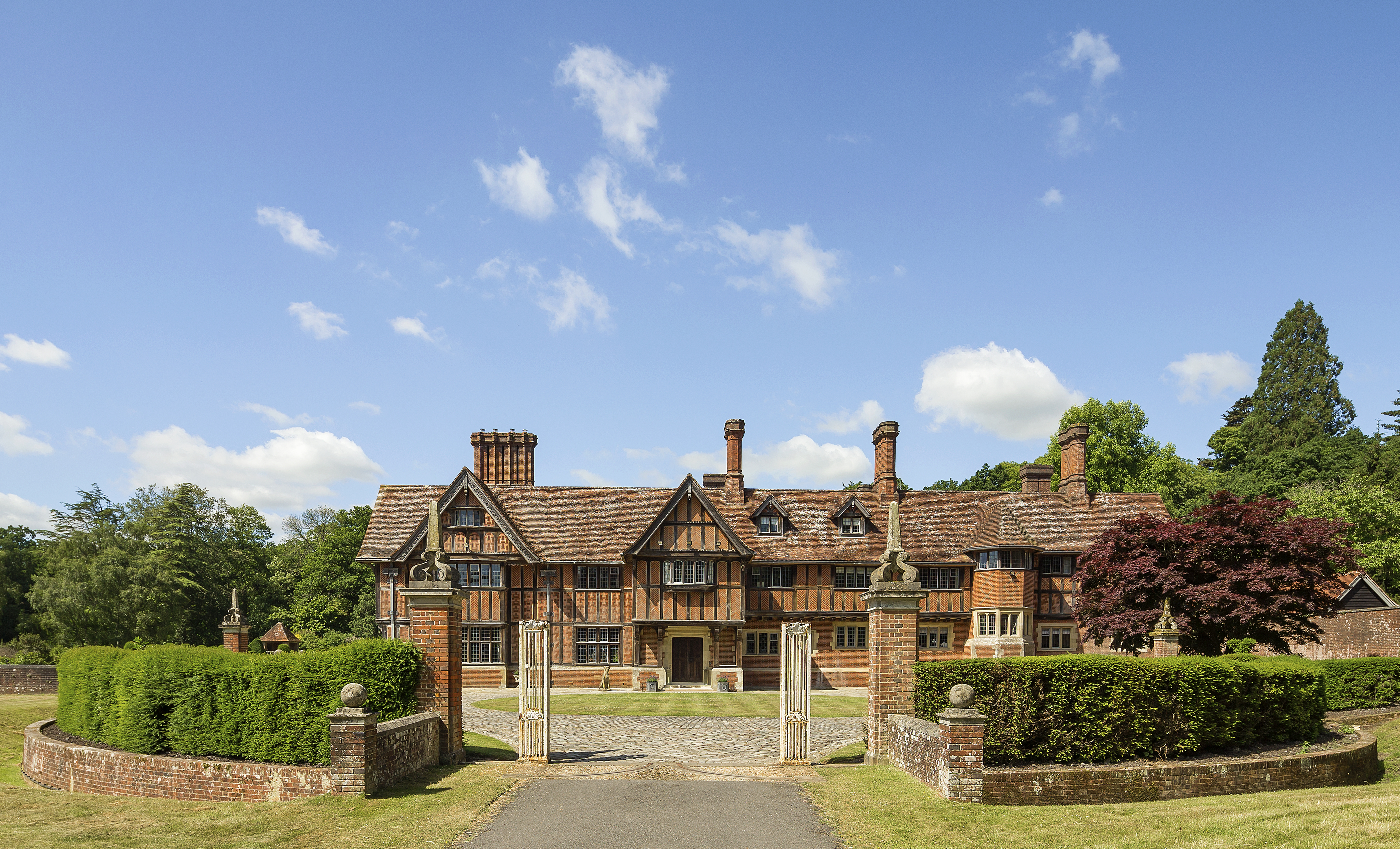
-
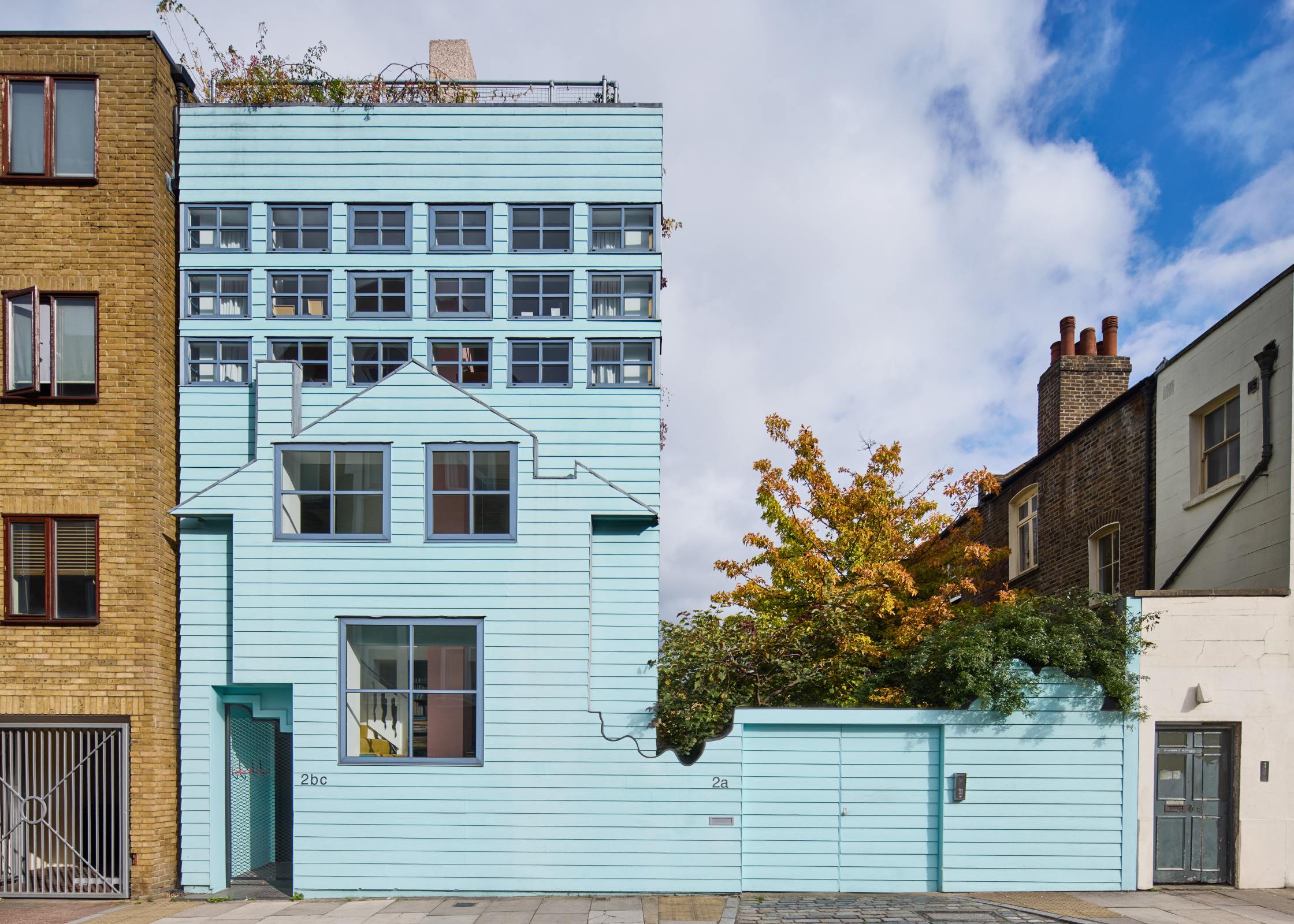 This house in glorious technicolour is the perfect antidote for the grey days of a British winter — so why don't more of us live in brightly coloured homes?
This house in glorious technicolour is the perfect antidote for the grey days of a British winter — so why don't more of us live in brightly coloured homes?It's not often that you see a home sporting the colour palette that you'd get if you hired a four-year old as your interior designer. But why not? The Blue House in Bethnal Green asks this and many more questions.
-
 How common are you according to Nicky Haslam? Take our quiz
How common are you according to Nicky Haslam? Take our quizToday's quiz takes a detailed look at Nicky Haslam's annual list of things he finds common, and sells on a Christmas tea towel for £50.
-
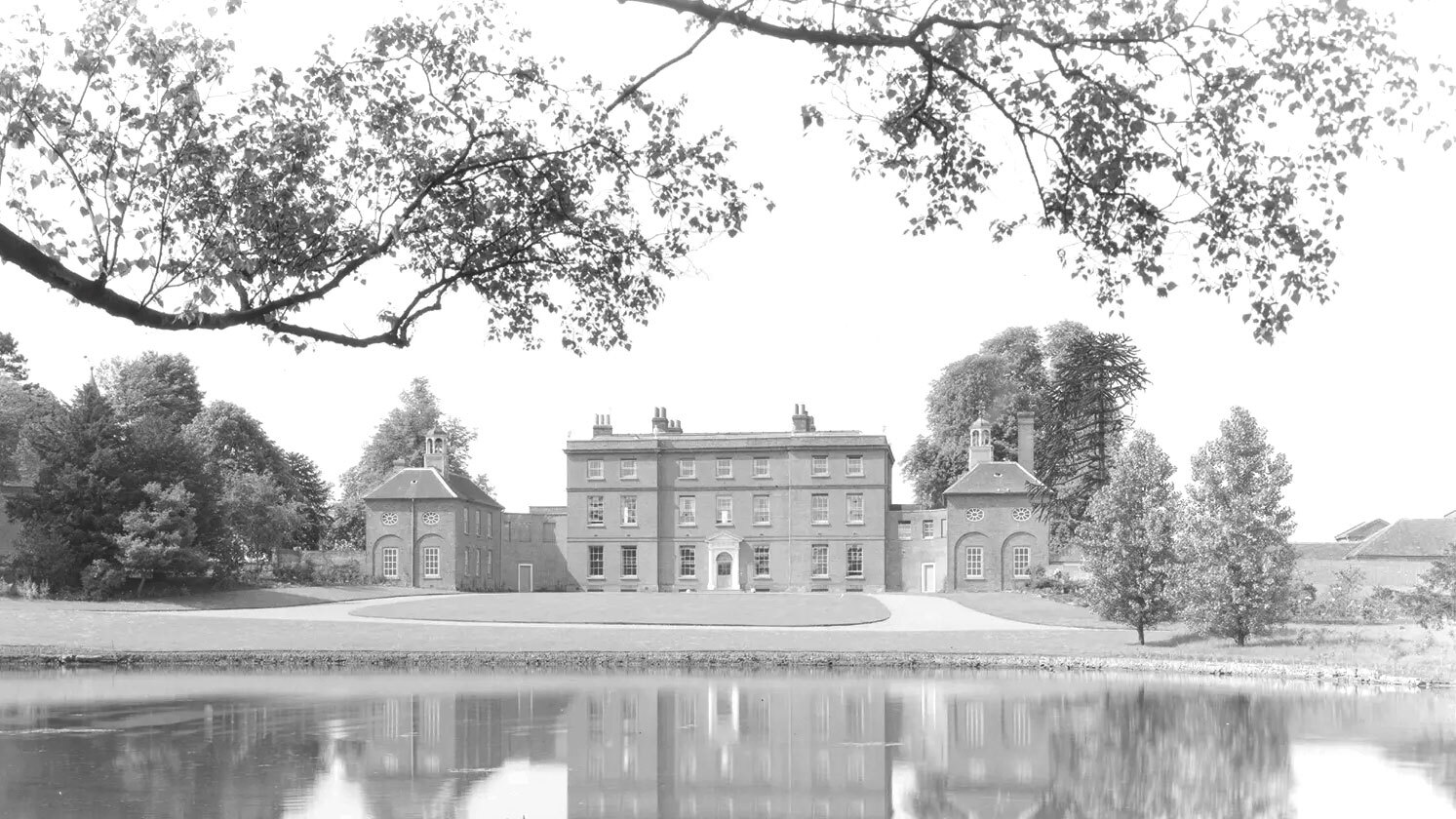 This Grade I Essex home was renovated by a Guinness and a notorious American diarist and photographed by Country Life — now it's a firm favourite with the fashion set
This Grade I Essex home was renovated by a Guinness and a notorious American diarist and photographed by Country Life — now it's a firm favourite with the fashion setKelvedon Hall was saved from demolition by Lady Honor Guinness and Henry 'Chips' Channon. Now it is the star of a Church's Christmas campaign.
-
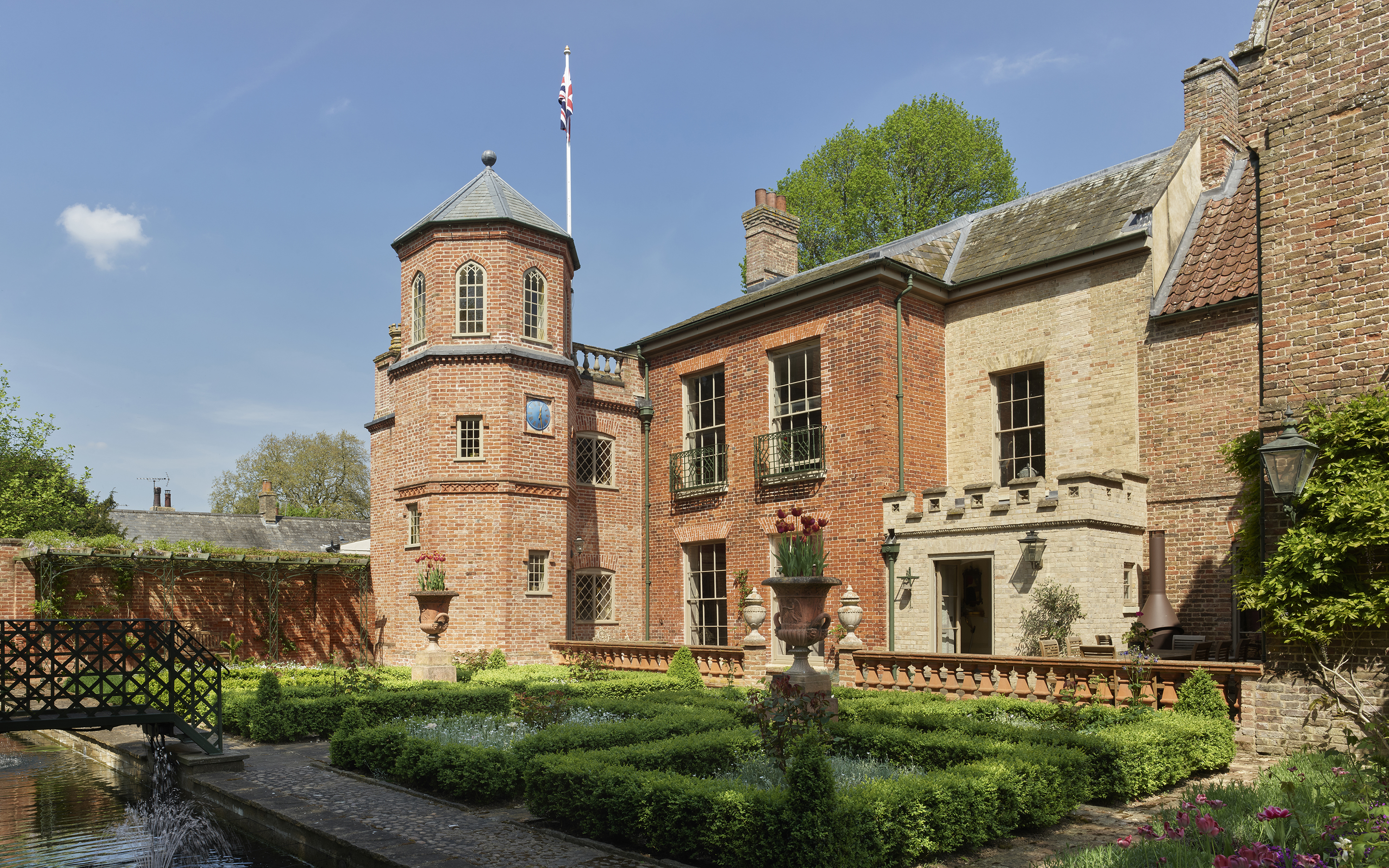 Northwold Manor: 'A place of delight once more after half a century of chaos and neglect'
Northwold Manor: 'A place of delight once more after half a century of chaos and neglect'A heroic restoration project has transformed Northwold Manor in Norfolk — home of Professor Warwick Rodwell and Ms Diane Gibbs — after more than 50 years of being left neglected. It has also illuminated its remarkable history, as John Goodall explains; photography by Paul Highnam for Country Life.
-
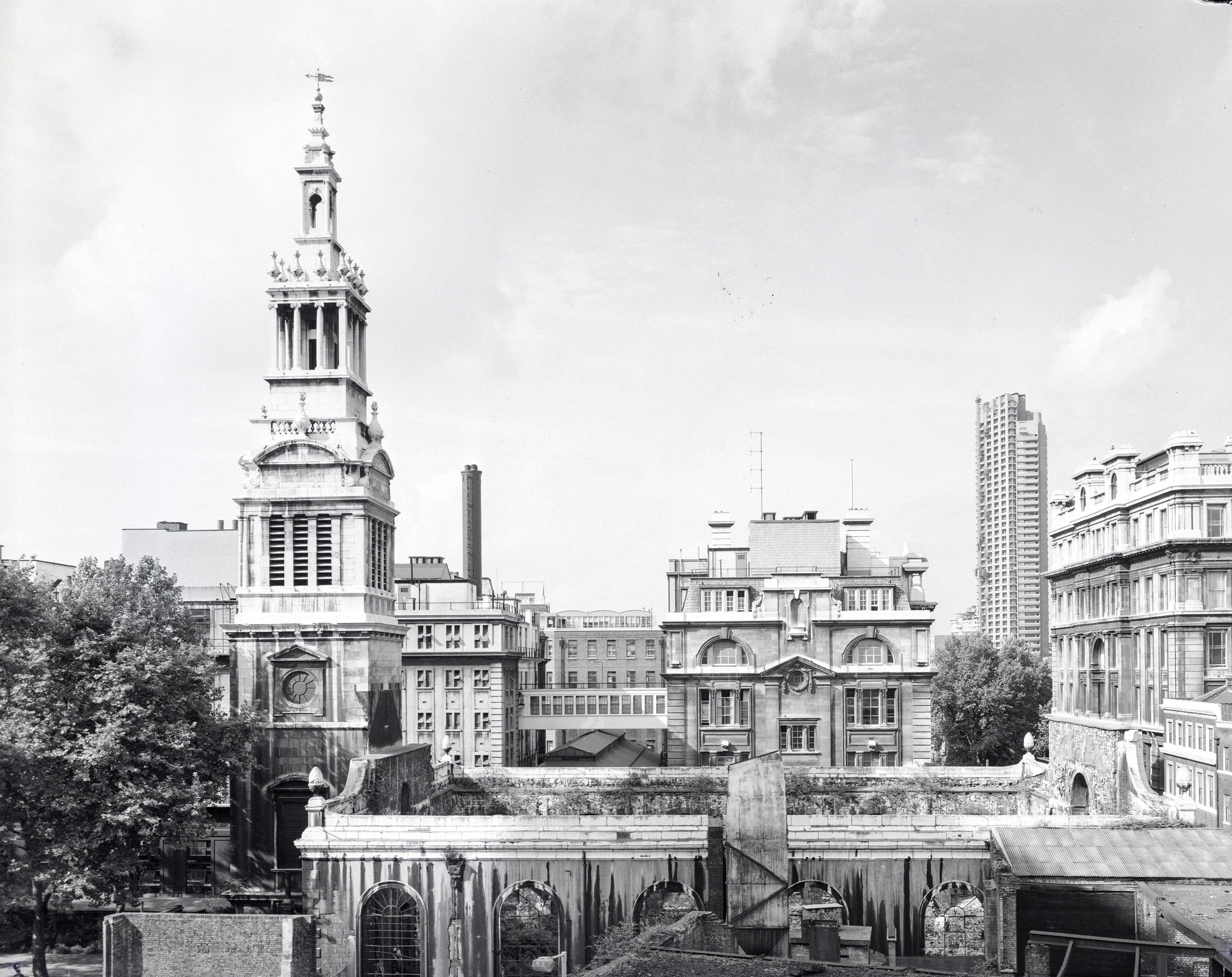 53 years ago, a Wren masterpiece was replaced with a glorified roundabout. We must not make the same mistake again
53 years ago, a Wren masterpiece was replaced with a glorified roundabout. We must not make the same mistake againThe plans to rid Christ Church Newgate Street of traffic should be cause for celebration — but a mistake as bad as the one made in the 1970s is about to happen, says Ptolemy Dean.
-
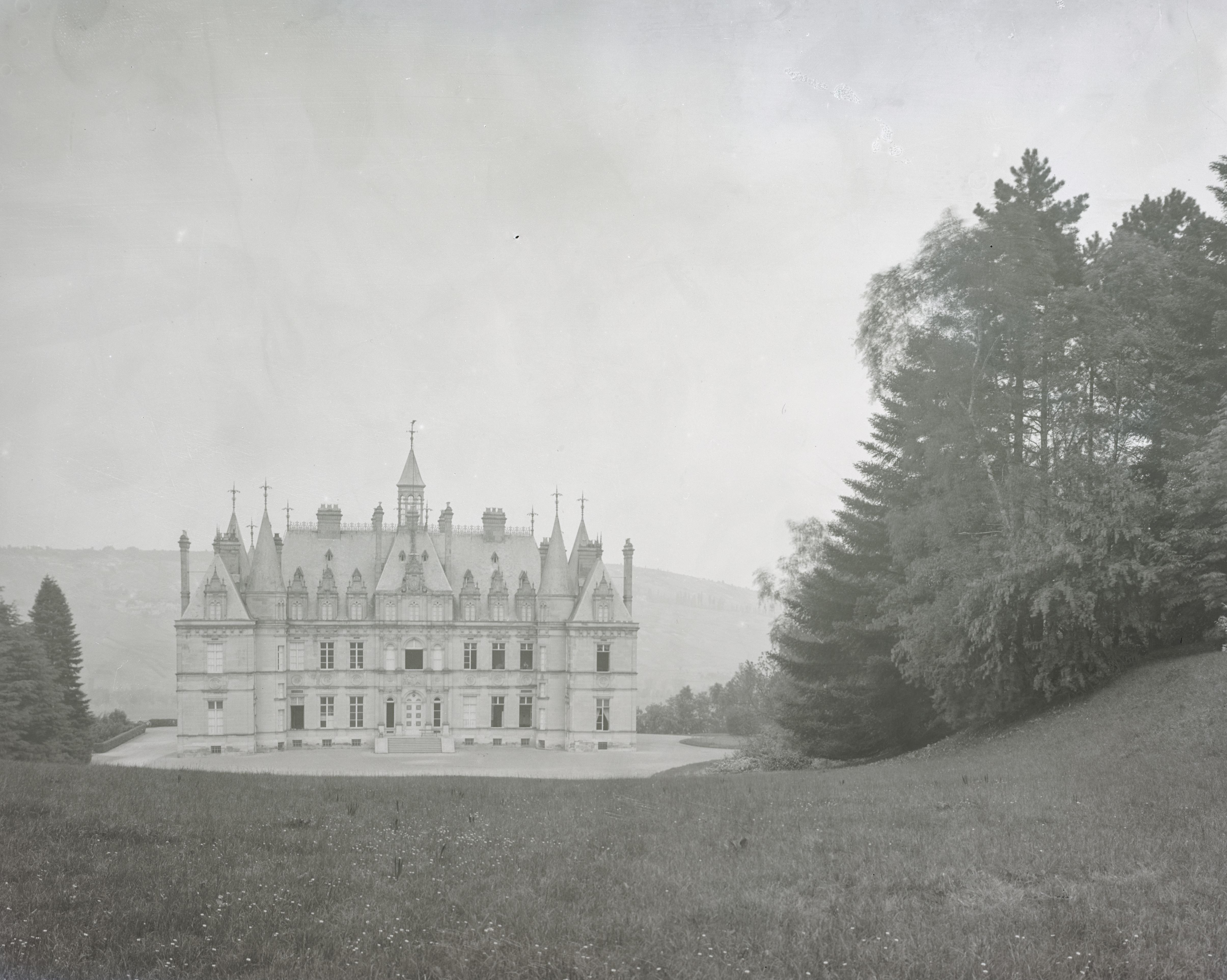 Ten of the most exquisite French châteaux, photographed for Country Life in 1906 and still standing today
Ten of the most exquisite French châteaux, photographed for Country Life in 1906 and still standing todayIn the early 20th century, Country Life commissioned Frederick H. Evans to photograph some of France's châteaux. Here are some of his efforts.
-
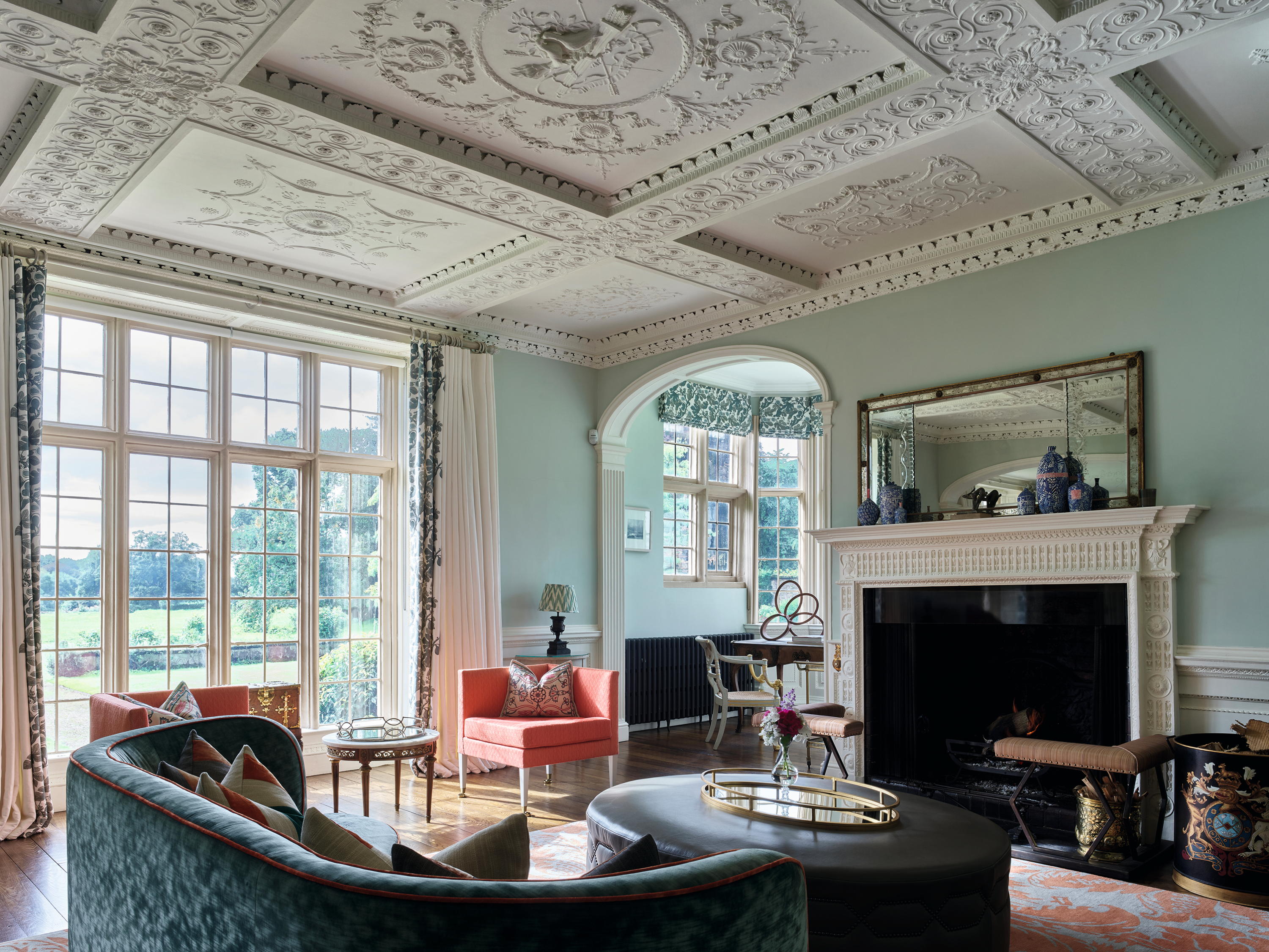 War, ruin and renaissance: Dorfold Hall's 400-year journey through the ages
War, ruin and renaissance: Dorfold Hall's 400-year journey through the agesJohn Goodall describes the antiquarian rediscovery of Dorfold Hall, Cheshire — home of Charles and Dr Candice Roundell — and the recent spectacular renewal of this important Jacobean house. Photographs by Paul Highnam for the Country Life Photo Library.
-
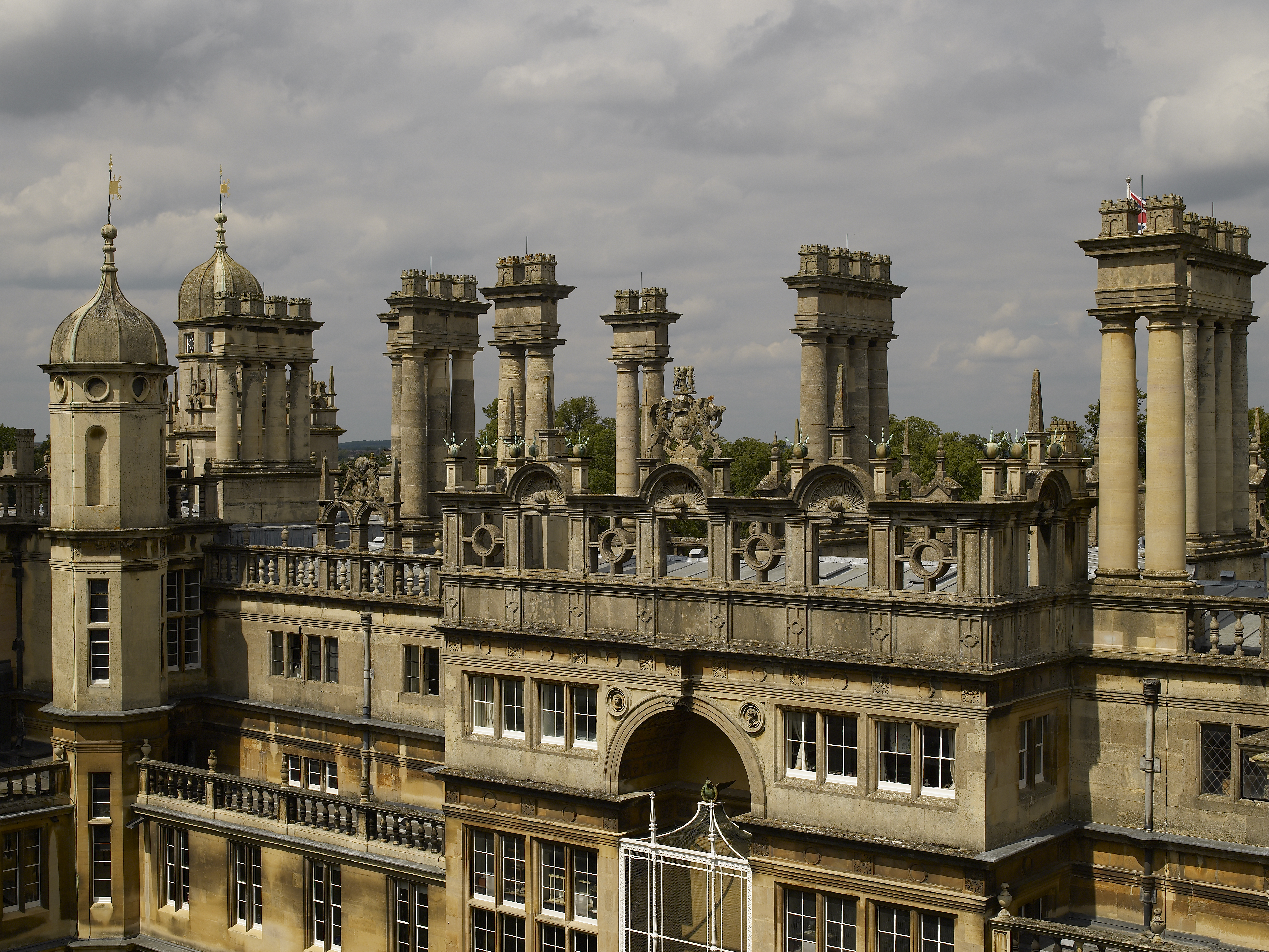 All fired up: 12 of our favourite chimneys, from grand architectural statements to modest brick stacks, as seen in Country Life
All fired up: 12 of our favourite chimneys, from grand architectural statements to modest brick stacks, as seen in Country LifeNothing says winter like a roaring fire, and plenty of the houses that we've photographed for the magazine's architectural places have fireplaces and chimneys worth boasting about.
-
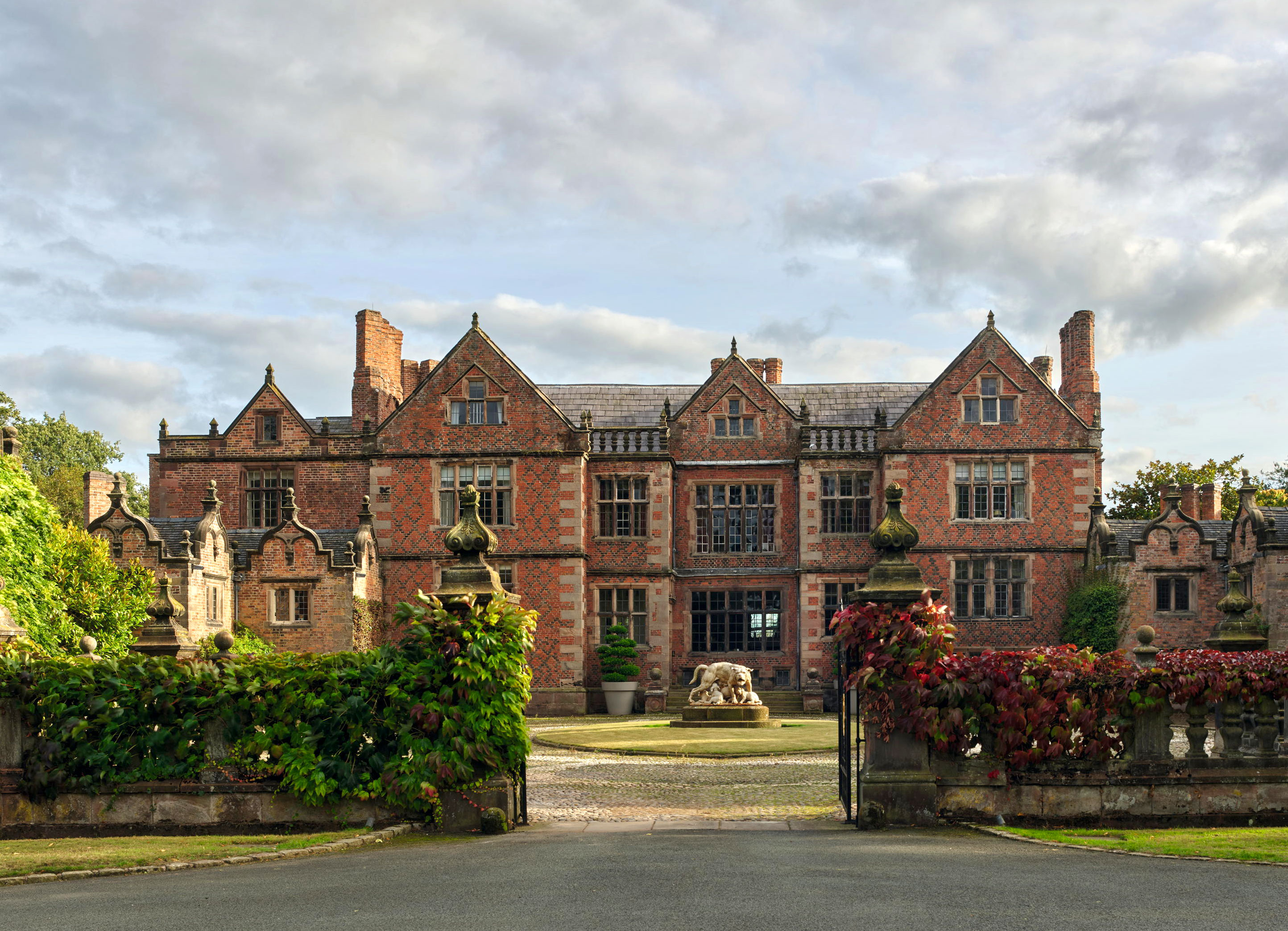 Dorfold Hall: The 'most neat and beautiful house of brick' that owes its existence to a desperate effort to secure succession
Dorfold Hall: The 'most neat and beautiful house of brick' that owes its existence to a desperate effort to secure successionDorfold Hall in Cheshire is an outstanding Jacobean house, but was an unexpected product of dynastic disappointment. John Goodall examines the remarkable circumstances of its construction; photographs by Paul Highnam for Country Life.
-
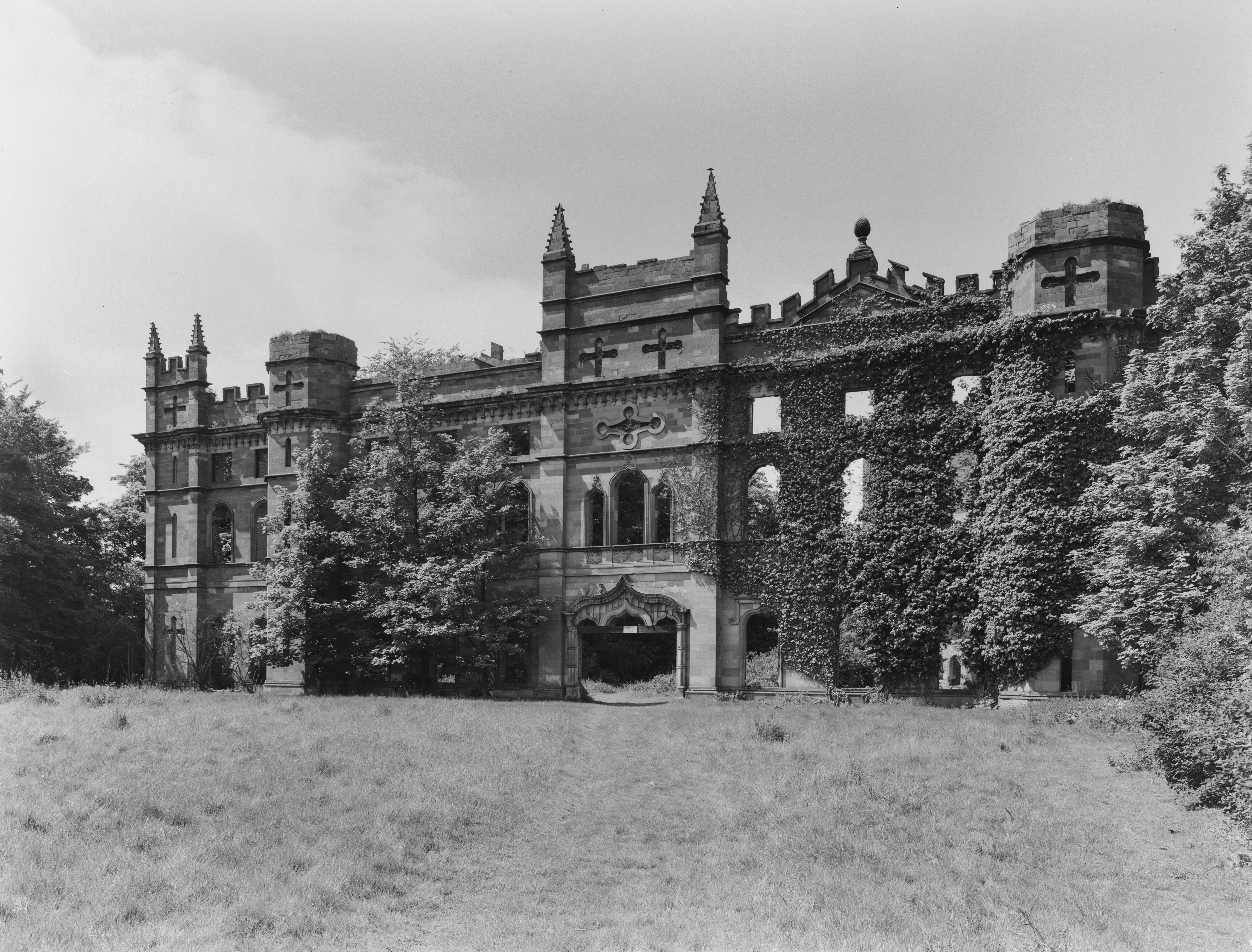 Only a handful of Britain's great houses were photographed by Country Life in a ruinous state. This once splendid Gothic castle is one of them
Only a handful of Britain's great houses were photographed by Country Life in a ruinous state. This once splendid Gothic castle is one of themThis is the tragic tale of Tong Castle, a once great Georgian-Gothic castle that was eventually consumed by Nature.